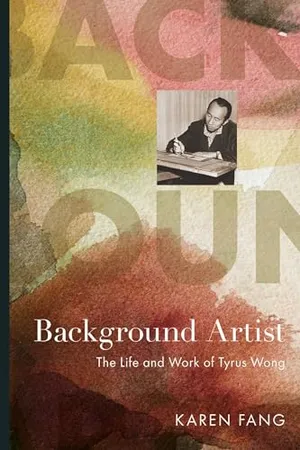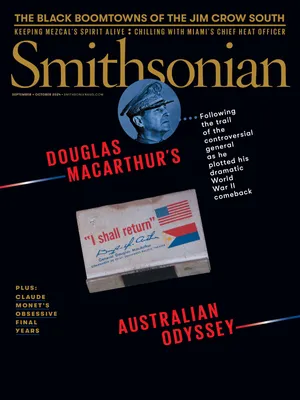How Tyrus Wong Spent 106 Years Making the World More Beautiful
The Chinese American artist left a breathtaking legacy that ranged from fine art to Disney movies to Christmas cards
:focal(768x519:769x520)/https://tf-cmsv2-smithsonianmag-media.s3.amazonaws.com/filer_public/d7/e5/d7e5fc32-f5cb-4344-84d0-b1c6667ef622/sepoct2024_l07_prologue.jpg)
Because of the Chinese Exclusion Act, “at the time, he couldn’t even be a citizen,” marvels Karen Fang, author of Background Artist: The Life and Work of Tyrus Wong, the definitive new biography arriving in October. Fang has been planning the book ever since Wong died in 2016, at the age of 106. “I thought there was such an amazing story of this Chinese American artist who had a central role in this iconic American film.”
As Fang recounts vividly in the book, Wong “had this prominent fine arts career before he went into commercial art.” Wong seems to have drawn little distinction between the two, at least in terms of the artistry he brought to every project. “I don’t think he ever once saw it as doing lesser,” says Fang, a professor of English at the University of Houston. He thought, “Let me take the opportunity to make something wonderful.” Certainly he poured himself into his distinctive Christmas cards, which combined Western traditions with Eastern aesthetic minimalism. These cards, even more than Bambi, brought him true national fame for the first time, selling in the millions. “Americans were in droves buying this clearly Chinese-style Christmas card, signed by a Chinese artist,” Fang says. “They were demanding this expressly bi-cultural fusion product!” Wong had his own signature line within the Hallmark catalog, and by the 1960s he was being referred to as “America’s favorite Christmas card designer.”
Wong’s genius reconciled the simplicity of Chinese brushstrokes with the hot-rod roar of California modernity. He harnessed his optimism and talent to become, quietly, one of the greatest unsung American artists of the 20th century.
Background Artist: The Life and Work of Tyrus Wong
Covering everything from his work as a studio sketch artist for Warner Bros. to the best-selling Christmas cards he designed, this book celebrates a multitalented Asian American artist and pioneer.
A Note to our Readers
Smithsonian magazine participates in affiliate link advertising programs. If you purchase an item through these links, we receive a commission.
/https://tf-cmsv2-smithsonianmag-media.s3.amazonaws.com/accounts/headshot/Jeff_MacGregor2_thumbnail.png)


/https://tf-cmsv2-smithsonianmag-media.s3.amazonaws.com/accounts/headshot/Jeff_MacGregor2_thumbnail.png)